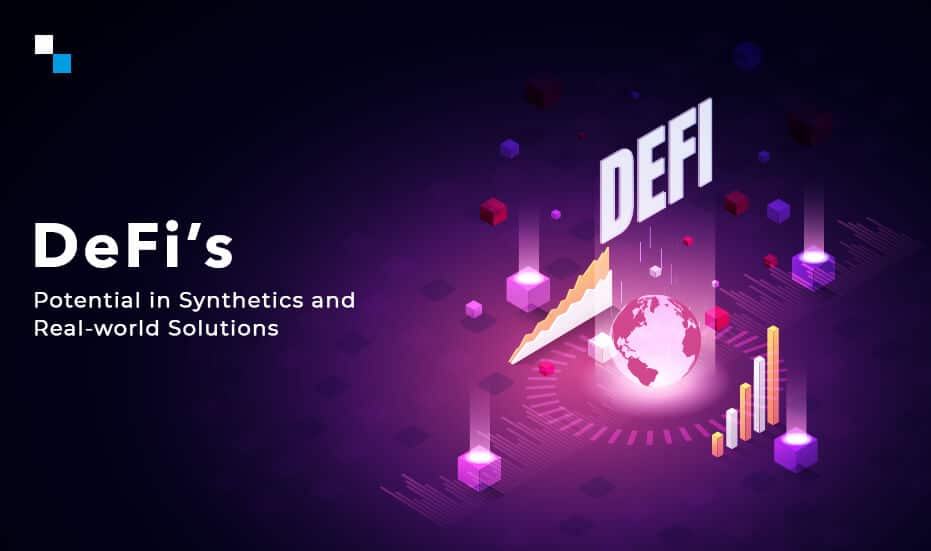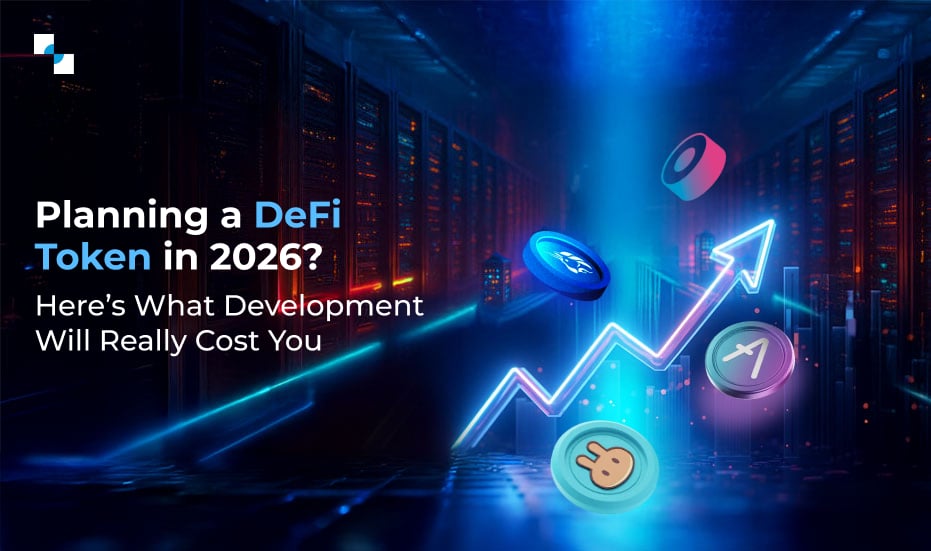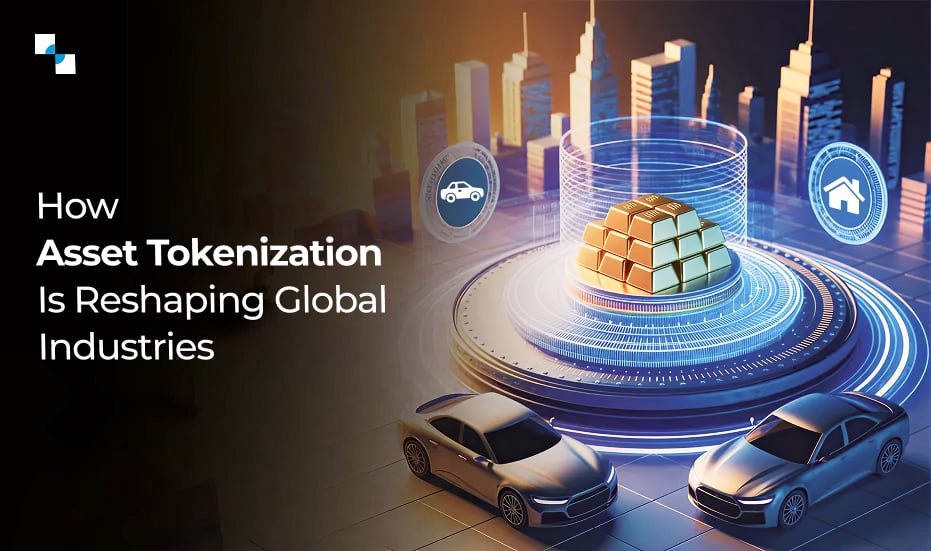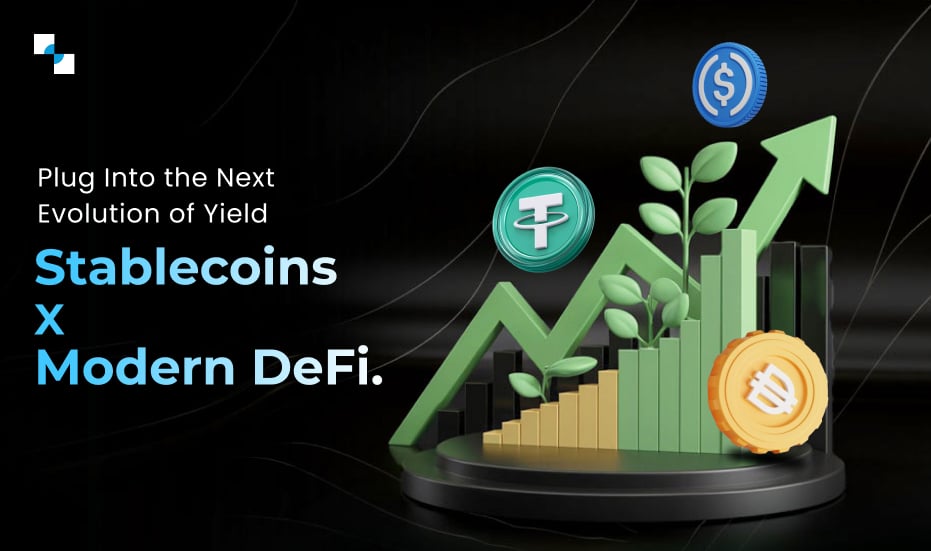The decentralized finance (DeFi) space has witnessed explosive growth and innovation in recent years. DeFi development solutions enable permissionless access to financial services, making them more inclusive and accessible to individuals globally. While the DeFi sector has seen tremendous success in tokenized cryptocurrencies and other digital assets, there is still a vast untapped potential lying in two areas – synthetics and real-world assets. In this blog, we will explore the significance of these untapped opportunities and how they can reshape the DeFi landscape.
Synthetic Assets
Synthetic assets are digital representations of real-world assets, such as stocks, bonds, and commodities. They are created using smart contracts and can be traded on decentralized exchanges. Synthetic assets offer a number of advantages over traditional assets, including:
- 24/7 trading: Synthetic assets can be traded 24 hours a day, 7 days a week, unlike traditional assets, which are only traded during market hours.
- Global access: Synthetic assets can be traded by anyone, anywhere in the world, unlike traditional assets, which are often restricted to certain geographic regions.
- Lower fees: The fees associated with trading synthetic assets are typically lower than the fees associated with trading traditional assets.
Real-world Assets
Real-world assets are assets that have value in the real world, such as real estate, cars, and art. They can be tokenized and traded on decentralized exchanges, just like synthetic assets. Real-world assets offer a number of advantages over traditional assets, including:
- Liquidity: Real-world assets are often more liquid than traditional assets, meaning that they can be bought and sold more easily.
- Transparency: The ownership and transfer of real-world assets is more transparent on decentralized exchanges than on traditional exchanges.
- Security: Real-world assets are often more secure on decentralized exchanges than on traditional exchanges.
The Promise of Synthetics in DeFi
Synthetic assets mirror the value of the underlying assets without requiring direct ownership. By creating a synthetic representation, DeFi platforms can unlock several compelling possibilities:
1. Risk Management and Hedging
Synthetics allow users to hedge against market volatility and manage risk exposure without owning the actual assets. For instance, users can hold synthetic versions of stablecoins, which are designed to maintain a stable value, protecting against price fluctuations.
2. Access to Traditional Financial Instruments
Synthetics enable DeFi users to gain exposure to traditional financial assets, such as stocks, bonds, commodities, and fiat currencies. This opens up new investment opportunities, especially for users in regions with limited access to traditional financial markets.
3. Leveraged Trading
With synthetics, traders can engage in leveraged positions without requiring significant capital. This can boost trading volumes and liquidity in the DeFi space.
4. Yield Farming and Staking
Synthetics can be used to represent shares in liquidity pools, enabling users to participate in yield farming and staking opportunities.

Challenges of Synthetics
While synthetics hold significant promise for the DeFi development services, they also come with several challenges that need to be addressed:
1. Oracle Reliability
The accuracy and security of price oracles are critical in maintaining the peg of synthetic assets to their real-world counterparts. Oracle failures can lead to substantial losses for users.
2. Liquidation Risk
Synthetics that involve leverage can expose users to liquidation risk if the underlying assets’ value moves adversely.
3. Regulatory Compliance
Tokenizing traditional financial assets may bring regulatory scrutiny, especially if they are offered to users globally. Compliance with relevant regulations is essential for the long-term sustainability of synthetics.
The Untapped Potential of Real-World Assets in DeFi
The untapped potential of real-world asset tokenization in the DeFi space holds the key to a more inclusive and diversified financial ecosystem. Tokenizing real-world assets offers enhanced liquidity, global accessibility, and diversification benefits to investors, while also fostering transparency and security.
Decentralized finance (DeFi) has revolutionized the way we think about money. By harnessing the power of blockchain technology, DeFi has created a new financial system that is more transparent and accessible than ever before.
One of the most exciting areas of DeFi is the potential to use real-world assets (RWAs) as collateral. This could open up a whole new world of possibilities for investors, borrowers, and businesses.
For example, imagine being able to use your house as collateral to take out a loan in crypto. Or, imagine being able to invest in a piece of real estate without having to go through a traditional bank. These are just a few of the possibilities that RWAs could unlock in DeFi.
Challenges of Real-World Asset Tokenization
Despite the potential advantages, tokenizing real-world assets faces several challenges:
1. Legal and Regulatory Compliance
The complexity of regulations surrounding real-world assets can be a significant barrier to their tokenization. Complying with various jurisdictions’ laws and regulations requires careful planning and legal expertise.
2. Asset Valuation
Determining the value of certain real-world assets, especially unique or rare items like art, can be challenging. Robust valuation mechanisms are essential for transparent pricing.
3. Custody and Security
Ensuring the security and custody of physical assets or rights tied to them is crucial. Smart contracts and decentralized custody solutions must be robust to prevent theft or fraud.
Bridging the Gap: Hybrid Solutions
To unlock the untapped potential of synthetics and real-world assets in DeFi, the industry needs innovative hybrid solutions:
1. Improved Oracle Solutions
Enhancing oracle reliability and security is critical for accurate pricing of synthetic assets. Combining multiple oracle sources and introducing decentralized oracle networks can reduce the risk of manipulation and data inaccuracies.
2. Regulatory Compliance and Partnerships
Collaboration with traditional financial institutions and regulatory agencies can help navigate the legal complexities of real-world asset tokenization while ensuring compliance.
3. Decentralized Custody Solutions
Implementing secure, decentralized custody mechanisms for real-world assets can mitigate security risks and build trust among investors.
4. Education and User Experience
Providing user-friendly interfaces and educational resources will be essential to attract both retail and institutional investors to engage with synthetics and real-world asset tokenization.
Conclusion
The untapped potential of synthetics and real-world asset tokenization in DeFi presents exciting opportunities for growth and innovation. As the DeFi space continues to evolve, addressing the challenges and finding robust solutions will be crucial to unlocking the full potential of these transformative concepts. With further development, regulation, and collaboration between the DeFi sector and traditional finance, we can expect a more inclusive and diversified financial ecosystem that caters to a broader range of DeFi development services and investors globally.
Looking forward to building new-age DeFi development solutions by embracing synthetics and real-world solutions? Get in touch with Antier!







